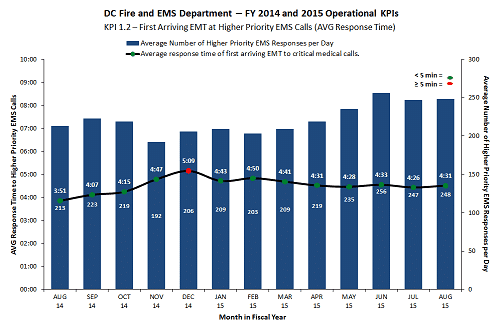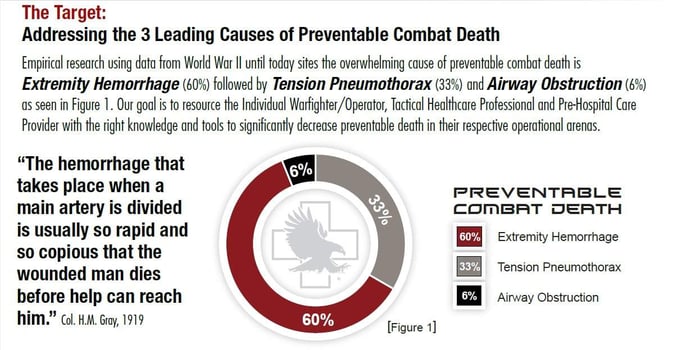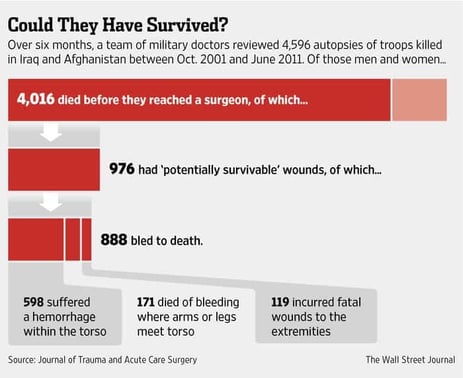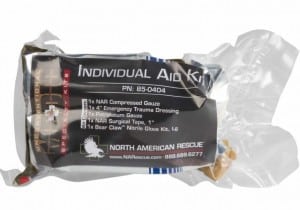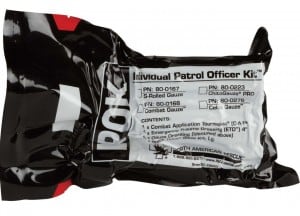Why have a medical kit when 911 is only 5 minutes away?
Contrary to popular belief, basic trauma care can be done by anyone.
With the right bit of knowledge, and a few tricks up their sleeves. In most towns/smaller cities, EMS (emergency medical services) is only 5 minutes away; yet with emergency services right around the corner, should we, average citizens, even act when someone we don’t know is injured? With the development of foreign wars in which our armed forces have been involved, we have learned a great deal about trauma medicine, trauma management, and how we can set ourselves up for success. With the right training, and even the most basic medical kit, we can transform ourselves from a helpless bystander into a concerned, prepared citizen.
With the increased development of our infrastructure and telecommunications networks, our emergency service personnel can respond to more incidents, faster.
We also must remember, though, that there are certain variables we cannot control: traffic, cell phone signal, local EMS already deployed elsewhere, and the inability to even call 911 if we are alone. These factors can greatly influence the response time of even the best equipped departments. Washington, DC is a highly populated area, and yet they still have had monthly average of less than 5 minutes for average response time for the first arriving EMT unit to critical medical calls for 12 out of 13 months. Keep in mind, though, that this is a urban area with a large EMS presence, which may not be the case elsewhere, even in urban areas.
The issue I present is two-fold:
First, what if you are not in an urban area with a high number of EMS personnel with a < 5 minute response time, and second, there are a great deal of injuries that can still end someone’s life in well under 5 minutes. We must understand not only that life can end quickly, but also have the means to save a life in whatever area we are in, no matter the response time of EMS.
Although the trauma that we are mostly likely to see on a daily basis differs from those deployed overseas in our armed forces, we can still gain helpful insights from years of combat, and the advancements of trauma knowledge through that time. The most preventable cause of combat death is hemorrhage, followed by tension pneumothorax and airway obstruction.
Although sometimes Chicago is portrayed as a ‘warzone’, we are far more likely to encounter blunt or penetrating injuries rather than explosions or full on gun battles. With extreme hemorrhage (profuse bleeding) or penetrating injury being able to kill or permanently damage someone in well under 5 minutes, we need to have the tools and training to act with poise and direction, like a tourniquet or basic first aid knowledge.
As responsible citizens, we should not move immediately to treat airway complications if we suspect any head/neck injuries like what we would see in a fall or automotive accident; we could do much more harm than good, but that doesn’t mean we are helpless. The techniques we can use are more in line with body mechanics (head tilt-chin lift & the recovery position) along with quick insight rather than fancy devices.
Hemorrhage continues to be the #1 cause of preventable death, which is why we send so much time focusing on it, and the numerous techniques and devices we have to aid us in fixing it. We often see in movies that characters use belts to stop the bleeding of another, and while not that far from reality, having something as simple as a CAT tourniquet could be applied and save a life in 10 seconds or less.
Having a proper trauma kit, whether pre-packaged or put together after taking appropriate medical training, can give you the simple tools needed to act towards a beneficial outcome when presented with a traumatic event. I recommend a tourniquet, gauze, pressure bandage, gloves and tape to be included within your kit. One of the leaders in medical kits, North American Rescue, offers a few in which you should be interested. The two I believe best suited for the prepared citizen is the Individual Aid Kit or the Individual Patrol Officer KIT (IPOK).
With many different trauma and emergency medical classes available and tailored for the prepared citizen, along with great medical kits now available in stores across the nation, you can become prepared to care not only for yourself, but for the ones around you, in a responsible and meaningful way.
BY: David Ciecko
Dave spent four years in the United States Army’s 82nd Airborne Division as a 68W and has deployed in support of humanitarian, support, and combat missions during that time period. He is trained in numerous emergency medical systems to include TCCC, EMT-T, and OEMS. He is currently the Training Coordinator at Maxon Shooter’s Supplies and pursuing a B.S. in Finance from Dominican University.



